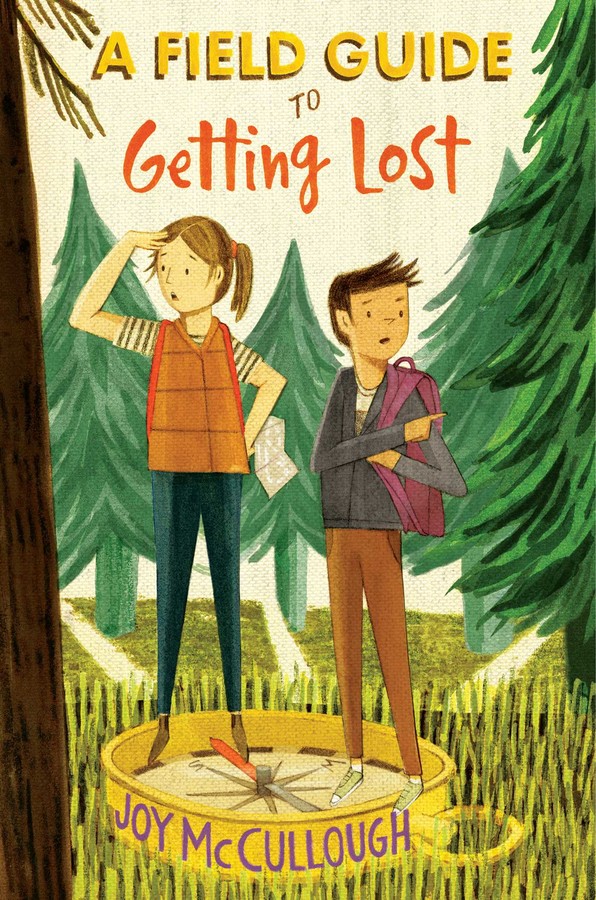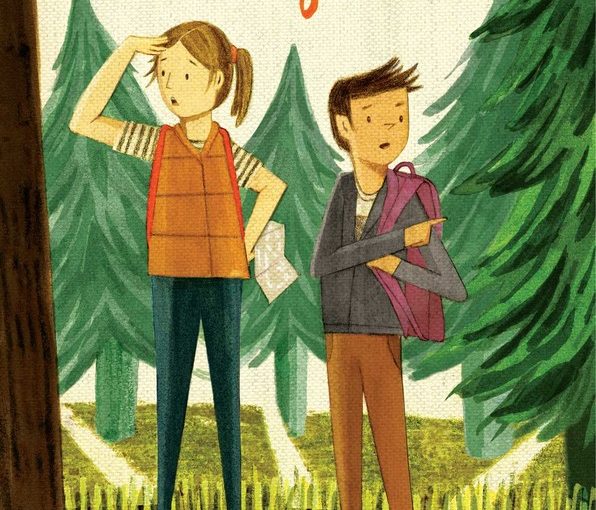I once suggested to my not-future wife that she get lost. I didn’t mean it in an insulting manner, she was headed on a trip overseas and I suggested that she get lost. If you’ve ever found yourself by being in a completely different environment and doing things that are totally different than what you’re used to, then you understand. If that emotion is embodied by a time in your life then it’s quite probable that said time is your teen-age years. A Field Guide To Getting Lost is an upper elementary school through mid-grade book that targets those readers by treating them as young adults, who are still keen to have some adventure.

Sutton is a very smart 9-year old girl who parents are separated. Her mom is in Antarctica studying penguins, leaving her dad and her in their apartment in the city. They’ve been divorced for a while and while Sutton likes living in the city she often draws parallels to cold black and white birds and the people that live around her. Her dad is very attentive and only wants the best for her, but has also been dating a woman when he has the chance.
Luis is boy, about the same age who displays his creativity and courage through writing stories. Despite his written bravado, he’s actually quite timid and requires a pep talk just to go down to the corner store. His mom is a very accomplished doctor, who is divorced and has been dating a man when she has the chance.
The father’s last name isn’t Brady, but A Field Guide To Getting Lost is a modern day story about children dealing with their parents dating. It does so in a casual and real manner, without being heavy handed despite the numerous chances considering the topic.
For example when the parents finally get a night to get everyone together things don’t go quite as expected. As one might think, one of the children intentionally scuttles the evening by acting in a manner that’s completely out of character. This was despite both parents prepping the children about the low expectations. They weren’t expecting ‘best behavior’, just act normal and everything will be fine.
Everything finally does come together when the two non-nuclear families are able to meet up at the local trailhead. There are no robots to code and just leaving the city was a big step for one of the children. Both of them have planned ahead for the worst case scenario, but that’s all but guaranteed not to happen, right?
The vocabulary in A Field Guide To Getting Lost is perfect for ages 8-13. Its chapter length varies, but most of them are around seven pages. This is a great length for this book because some readers might expect the book to be heavy considering that divorce is main reason everything in the book happens. Each chapter has one of the two children as its main focus and each child is presented in their own world for almost a third of the book before they meet.
This provides each character to have their own personality and gives the book its strength. Young readers, even those who don’t come from their background, will have something in common with Sutton or Luis.
A Field Guide To Getting Lost isn’t specifically a book about children from divorced parents. That is one of the main points. However, it’s more about growing up, knowing your strengths and knowing when it’s best to have other people utilize their attributes.
There are affiliate links in t his post, because, kids are expensive.





 Facebook
Facebook Twitter
Twitter Flickr
Flickr GooglePlus
GooglePlus Youtube
Youtube